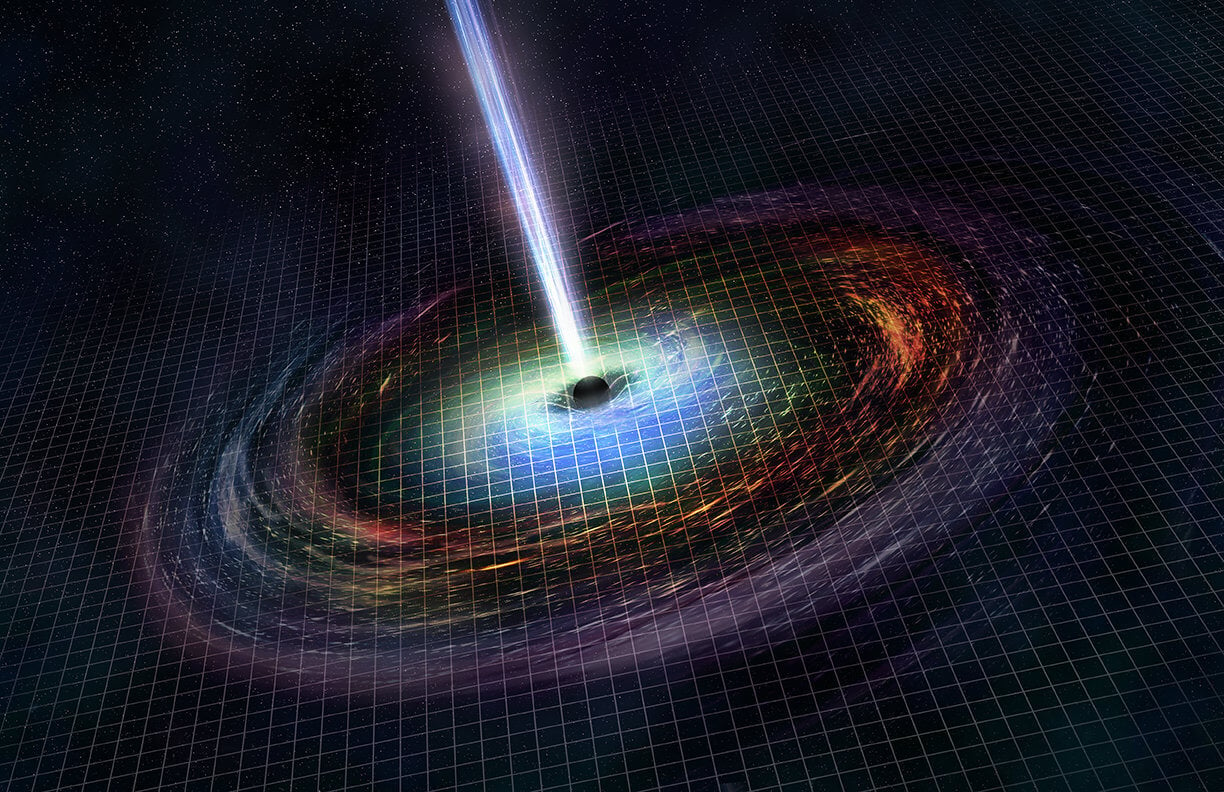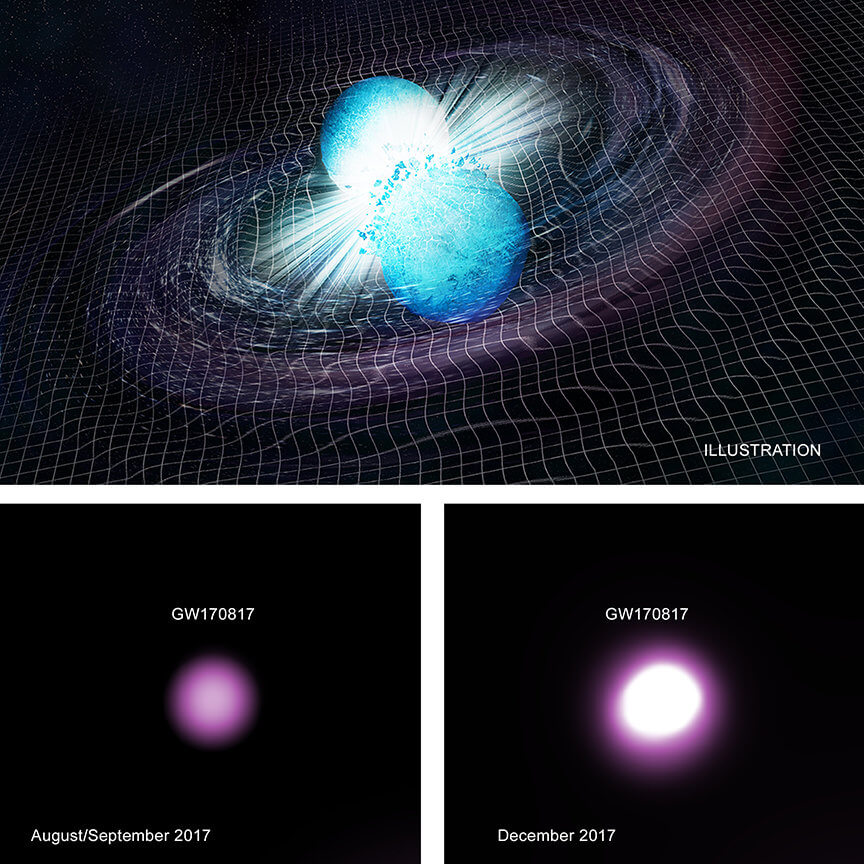
The spectacular merger of two neutron stars, which have generated gravitational waves, was last fall probably was hiding something: the birth of a black hole. This newborn black hole will be the most low-mass black hole ever found. A new analysis of x-ray Observatory “Chandra” took days, weeks and even months after the detection of gravitational waves LIGO Observatory in August 2017.
While almost every telescope available to professional astronomers observed the source GW170817, x-rays Chandra played a vital role in understanding what happened after the collision of two neutron stars.
Data from LIGO, the astronomers concluded that the mass of an object resulting from the merger of neutron stars, about 2.7 times the mass of the Sun. This puts his identity into question, implying that it is either the most massive neutron star or the light from a black hole ever found. Previous Champions of the latter have a mass of not less than four or five times more solar.
“Although neutron stars and black holes are mysterious phenomena that we have studied many of them all over the universe using telescopes like Chandra, says Dave Bullet from Trinity University in San Antonio, Texas, the author of the work. “It means we have both data and theory on the subject of how such objects should behave in the x-ray spectrum”.

The Chandra observations are not talking only about what they showed, but also about what is not shown. If the neutron stars have merged and formed a heavier neutron star, astronomers would expect that it will spin quickly and create a very strong magnetic field. This, in turn, will create an expanding bubble of energetic particles, which will lead to a bright x-ray radiation. But instead, the data “Chandra” show the levels of x-rays, which are several hundred times below what is expected for a rapidly rotating neutron star and its associated bubble of high-energy particles, meaning that instead of creating a black hole.
If this is confirmed, will be known for one thing: the recipe for creating a black hole may sometimes be not so simple. In the case GW170817 would require two of a supernova explosion that left behind two neutron stars in close orbits and gravitational wave radiation, which brought the neutron star together.
Perhaps scientists have recorded the birth of smallest black hole
Ilya Hel